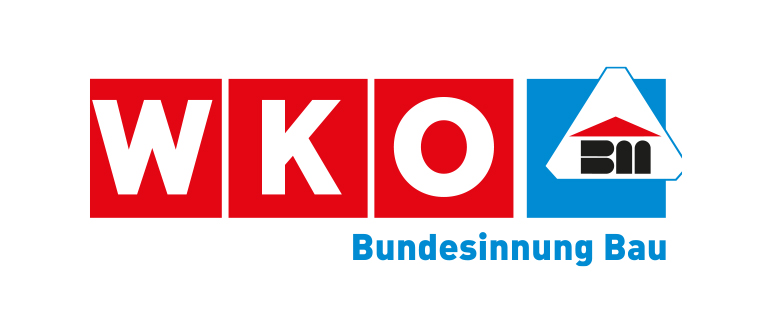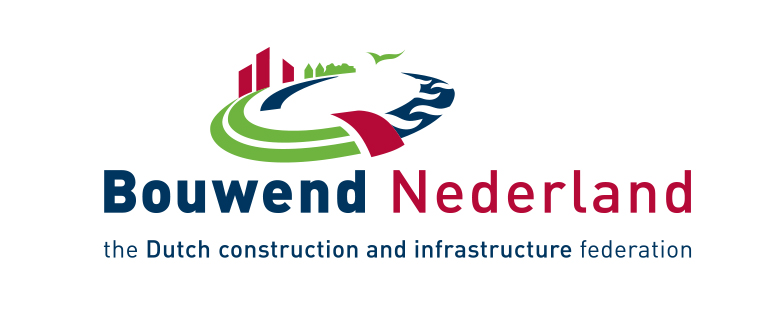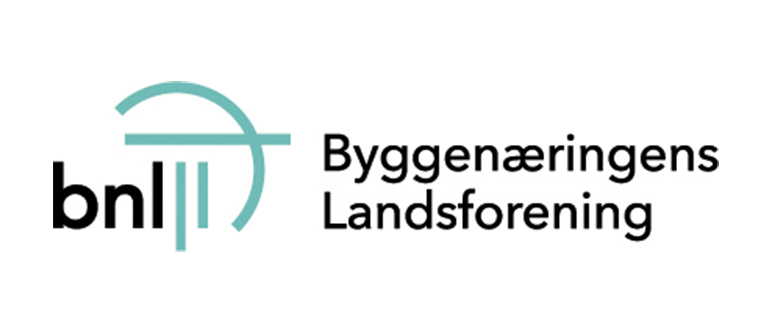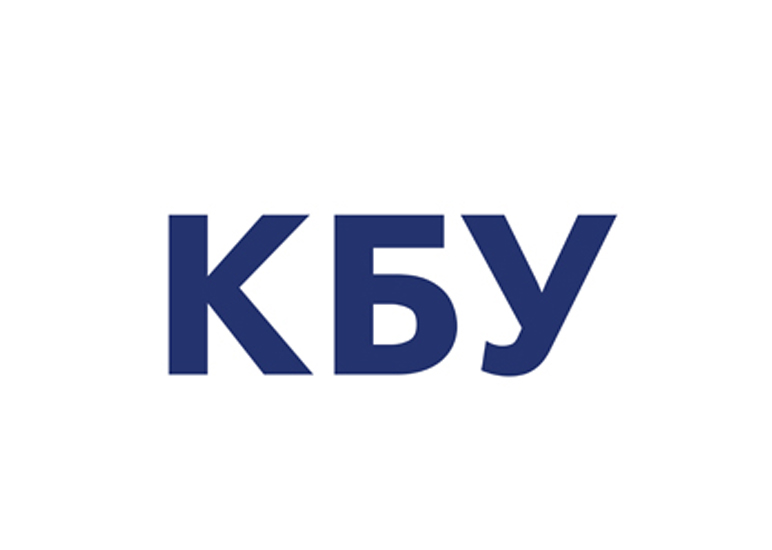Housebuilding
The corona crisis had a positive impact on the housebuilding segment. High incomes and saving rates in conjunction with low interest rates have led to strong increases in housing prices in the whole country but primarily in major urban areas. From February 2020 to February 2021, the price of single-family houses rose by 10% while prices for owner-occupied apartments rose by 12%. This high level of activity also generated activity in the renovation market with people often renovating when they sell or buy houses. The future scheme for housing taxation which will ensure stability in the market (initially planned for 2021, but now postponed to 2024) was agreed upon by a broad majority in the parliament in 2017.
Residential construction rose significantly from 2013 to its peak in 2018-20. Total building starts of dwellings tripled from 11,500 in 2013 to over 36,000 in 2018 - 2020. For 2021/2022 we expect total building starts of dwellings to reach about 35,000.
The activity of rehabilitation and maintenance works is less volatile and constitutes an important share of construction employment. As part of recovery packages, an energy renovation scheme for the social housing sector has been adopted. It will mobilise €4 billion from 2020 to 2026 of which almost €2.5 billion will be spent in 2020 and 2021.
GDP 2020
BILLION
POPULATION 2020
Total investment in construction in 2020
BILLION
Non-residential construction
Private investment in non-residential buildings was reduced to a historically low level during and in the aftermath of the financial crisis from 2008, but has since evolved at moderate speed.
In contrast to our expectations, the privately financed non-residential construction increased by around 8% in 2020 and is expected to grow by 3% in 2021 and 2022. The publicly financed non-residential construction registered an increase of almost 7% and is expected to grow by about 3 to 4% in 2021 and 2% in 2022.
Civil engineering
The civil engineering segment has not been particularly affected by the corona crisis as the market is characterised by different trends. It is expected that the activity level will be high thanks to the green transition which will generate higher investments in water supply and wastewater networks, energy and digital infrastructure. In the area of transport, more projects are completed than new ones launched.
The Femern Belt Tunnel connecting Denmark and Germany, which was initially planned for 2016, will start in 2021 and will be completed in 2028. It is a massive project with an estimated cost of around €8 billion. Moreover, the Danish government presented a new long-term infrastructure plan at the beginning of April 2021, which would mobilise approximately €14 billion for investments in infrastructure over the next 15 years. The plan has not yet been adopted.
| Per cent variation of investment in real terms on previous year | |||||||
| investment Mln. € fixed prices | |||||||
| Sectors | 2020a | 2017 | 2018 | 2019 | 2020a | 2021b | |
| 1. | Building | 18,333 | 8.0 | 3.7 | 5.1 | 6.1 | 4.3 |
| 1.1. Housebuilding | 10,755 | 11.1 | 3.6 | 5.1 | 5.0 | 5.0 | |
| 1.1.1. New | 4,326 | 24.5 | 5.4 | 7.1 | 13.2 | 5.0 | |
| 1.1.2. Renovation | 6,429 | 3.7 | 2.4 | 3.8 | -0.7 | 5.0 | |
| 1.2. Non residential (c) | 7,578 | 3.9 | 3.9 | 5.1 | 7.6 | 3.3 | |
| 1.2.1. Private | 4,909 | 18.7 | 3.2 | 9.5 | 7.2 | 3.0 | |
| 1.2.2. Public | 2,669 | -15.7 | 5.2 | -3.0 | 8.4 | 4.0 | |
| 2. | Civil Engineering | 5,600 | -11.1 | 4.1 | 9.2 | 5.4 | 4.3 |
| (1 + 2) | Total Construction | 23,934 | 2.8 | 3.8 | 6.1 | 5.9 | 4.3 |
| a: estimate - b: forecast - c: incl. R&M | |||||||
| Number of building permits in residential construction | |||||||
| 2017 | 2018 | 2019 | 2020a | 2021b | |||
| single dwelling | 5,633 | 6,218 | 6,099 | 5,973 | N/A | ||
| collective dwelling | 22,075 | 29,125 | 21,268 | 10,067 | N/A | ||
| other types of dwelling | 3,471 | 4,726 | 6,173 | 2,365 | N/A | ||
| Total | 31,179 | 40,069 | 33,540 | 18,405 | N/A | ||
| (Collective dwellings and other types of buildings: in number of flats) | |||||||



































